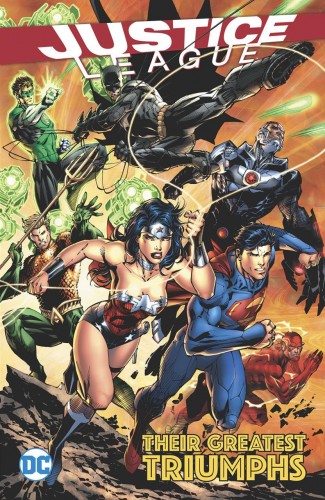In Scott McCloud’s Understanding The Invisible Art of Comics, readers are introduced to vocabulary that is associated only in comics. On page nine, he even stated his definition of comics that are “juxtaposed pictorial and their images in deliberate sequence, intended to convey information and/or to produce an aesthetic response from the reader” (McCloud). In the definition, there is the word “sequence” which could mean anything, but in comics and graphic novels, it is meant to be with the term “visual sequential art”. According to Mike Eisner, “the pictures…when part of a sequence, even a sequence of only two, the art of the image is transformed into something more: The Art of Comics!” (McCloud 5). To put into an example, if someone was to just put one panel of a superhero, some would think that it is just a picture. But once it is combined with another panel with either the same hero or a villain, it becomes to what we know as a comic! While the self-made definition does seem long and could be put with anything such as superheroes, as shown through the example before the definition, it is rather simple to understand with what McCloud talks about in chapter two. In Chapter two, McCloud talks about icons which are defined by “to mean any image used to represent a person, place, thing or idea” (27). He goes further into detail about how readers pay attention more into cartoon rather than one with realistic as readers would put themselves into the “empty shell” and “become it” rather than “observe the cartoon” (McCloud 36). Therefore, when young children read comics or graphic novels, they put themselves into the story and imagine them as if they were the main character or the main superhero. I remember that I used to do that when I would read hero comics like Spiderman or the Justice League and would imagine that I had powers like Wonder Woman or Batman.

I would read graphic novels like the Justice League and other superheroes. From reading the first two chapters of Understanding The invisible Art of Comics, it helped me understand comics and graphic novels more. From the first chapter, I understood more about how the art of comics was made and the thought process of the artists and author of the storyline. With the Justice League graphic novels, the artists and authors would have to coordinate with each other to come out with a comic that would have a good storyline as well as having good art that corresponds with the story. When I first thought about graphic novels, I would think that it was just pictures but not after reading the first chapter, I realize that it is more. Same with the chapter two information, I understand more about icons and why children decide to put themselves into the graphic novels as the character itself rather than just thinking about “what if…”. Another thing that was mention in chapter two that helped me understand comics more is about realism in comics. When McCloud mentions that readers rather focus more on cartoonish style rather than those that are drawn more in realistic style. I think it is strange as I read the Justice League graphic novel as it was drawn more in a realistic style than cartoonish. Although I do understand why I didn’t lose focus when reading the Justice League as it mention in chapter two. I would put myself into a shell of a character and thought and imagined that I was the hero with the powers to save the world. Especially with how the Justice League were many children idols when the graphic novels were popular.

Source: DC Comics. JUSTICE LEAGUE THEIR GREATEST TRIUMPHS GRAPHIC NOVEL. N.d. https://www.reedcomics.com/justice-league-their-greatest-triumphs-graphic-novel
Work Cited
McCloud, Scott. Understanding Comics: The Invisible Art. Harper Collings Publishers, 1993.
Comments
Post a Comment